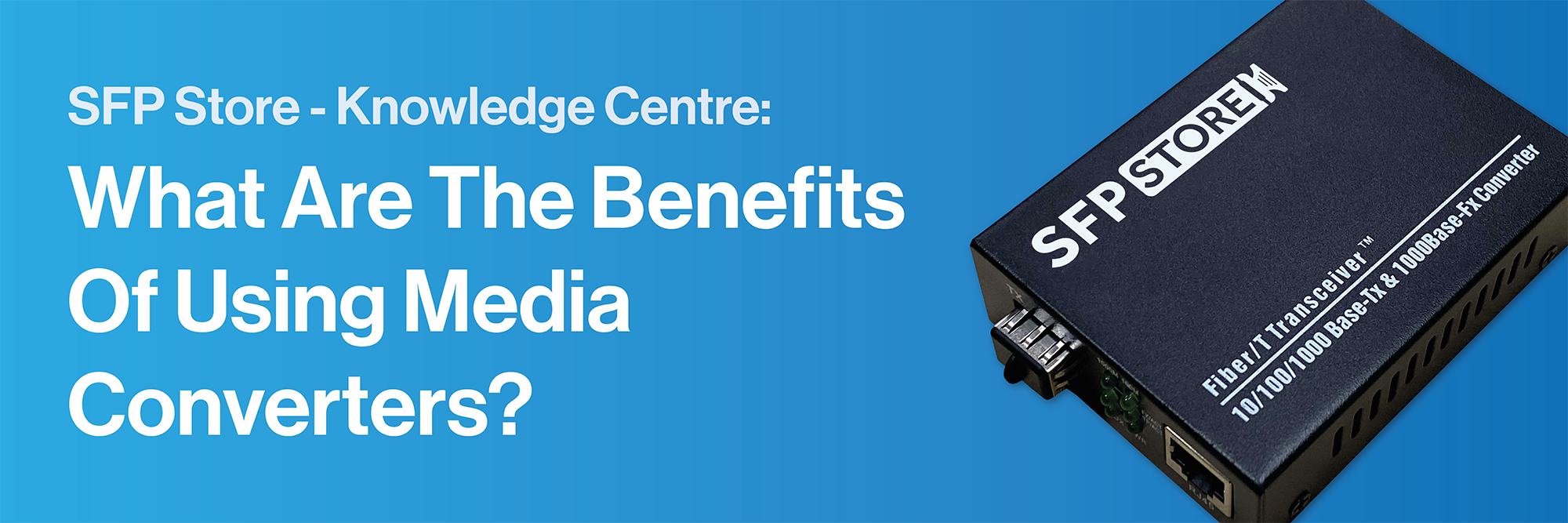 With the need for interconnectivity in today’s world, the ability to transfer data seamlessly is critical. This means that organisations must have the proper infrastructure in place to ensure their networks are performing at an optimal level. One key component of this infrastructure is media converters, which are devices that allow different types of network media to communicate with one another. In this blog post, we will explore the benefits of using media converters and why they are an essential component of modern networking systems.
With the need for interconnectivity in today’s world, the ability to transfer data seamlessly is critical. This means that organisations must have the proper infrastructure in place to ensure their networks are performing at an optimal level. One key component of this infrastructure is media converters, which are devices that allow different types of network media to communicate with one another. In this blog post, we will explore the benefits of using media converters and why they are an essential component of modern networking systems.
1. Helps With Network Compatibility
As mentioned, media converters are designed to bridge the gap between different network media types. For example, a media converter can allow for communication between fibre optic and copper networks or between different fibre optic types. This ensures that companies can use different types of networking technologies to meet their specific needs, without having to replace or upgrade their entire network infrastructure.
2. Increases Network Flexibility
One of the main benefits of media converters is their ability to increase network flexibility. Since media converters allow different network media types to communicate with each other, companies can easily switch between different networking technologies without having to overhaul their entire network infrastructure. This is especially useful in situations where they need to rapidly adapt to changing network requirements or where they need to scale their network quickly.
3. Extends Network Reach
Media converters can also extend the reach of a network. For example, fibre optic networks can transmit data over much longer distances than copper networks. By using a media converter, companies can extend the reach of their copper networks by converting the signals to fibre signals. This allows for the connecting of remote locations to network infrastructure without having to invest in expensive infrastructure upgrades.
4. Enhances Network Performance
Media converters can also enhance network performance. By using media converters to connect different parts of a network, organizations can increase bandwidth and reduce network congestion. This can lead to faster data transfer rates, lower latency, and better network response times. Media converters can also improve network reliability by reducing network downtime caused by issues such as signal attenuation or interference.
5. Saves Time and Money
Media converters can save organizations time and money by reducing the need for expensive infrastructure upgrades. For instance, media converters can be used to extend the life of existing network infrastructure by allowing different networking technologies to work together. This means that organizations can continue to use older networking technologies without having to replace their entire network infrastructure.
6. Easy to Install and Use
Finally, media converters are easy to install and use. Most media converters are plug-and-play, which means they require little to no configuration. This makes it easy for organizations to set up and use media converters without having to hire specialized network engineers or IT staff.
In conclusion, whether you are an IT manager or a network engineer, media converters can help you build a robust and reliable network infrastructure that meets your organization’s needs.

